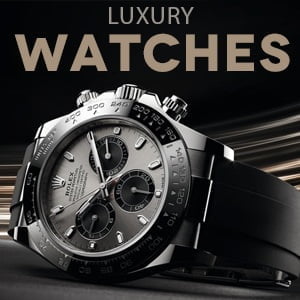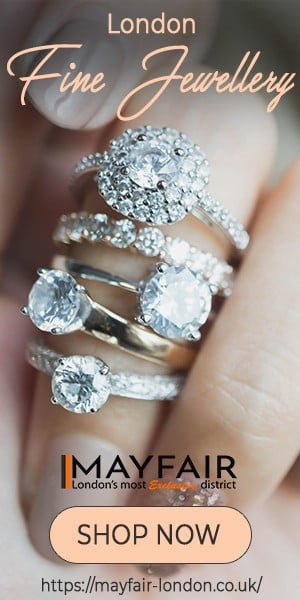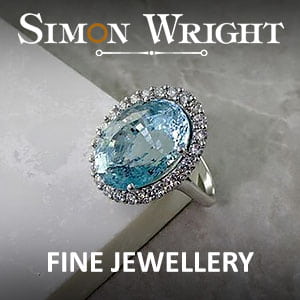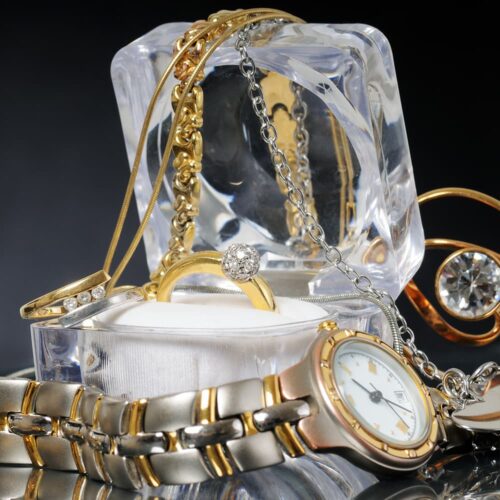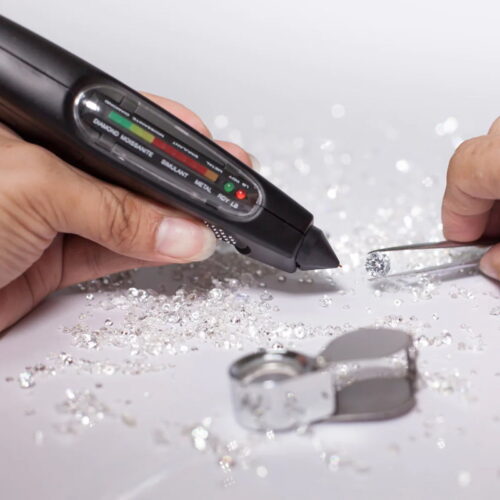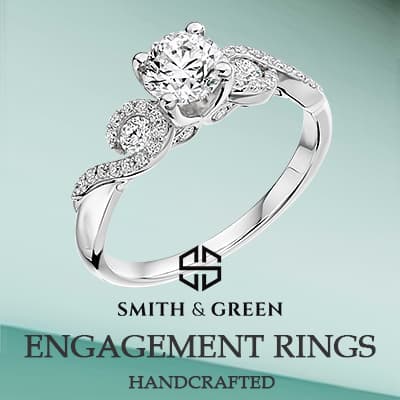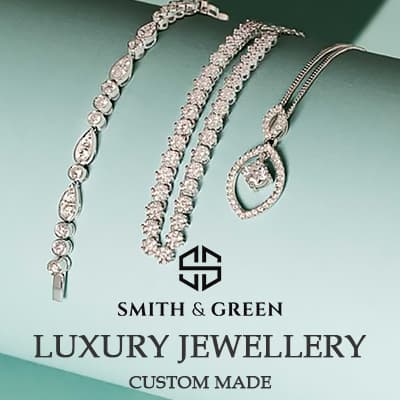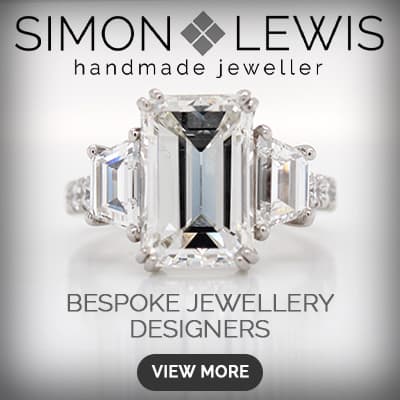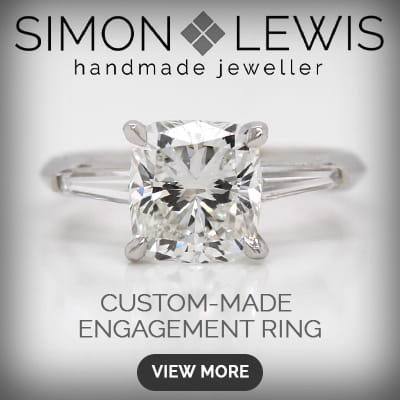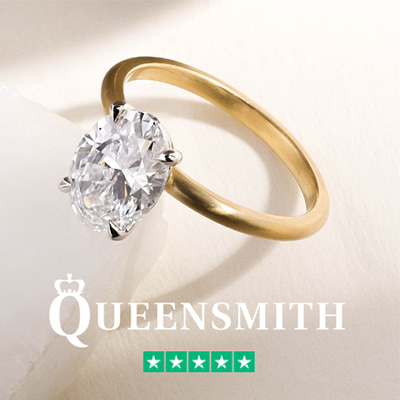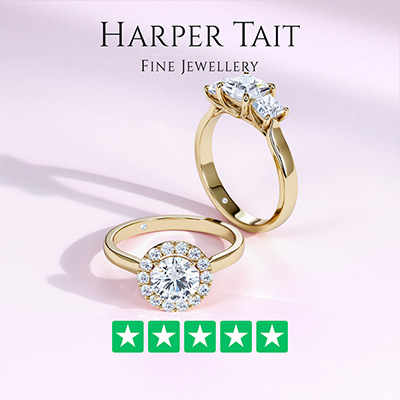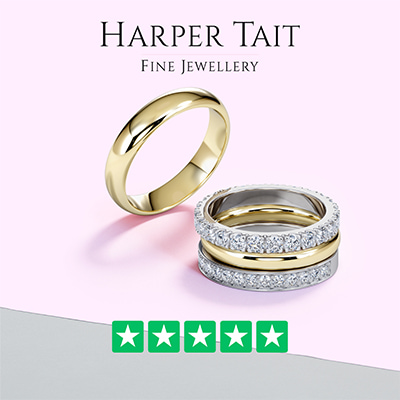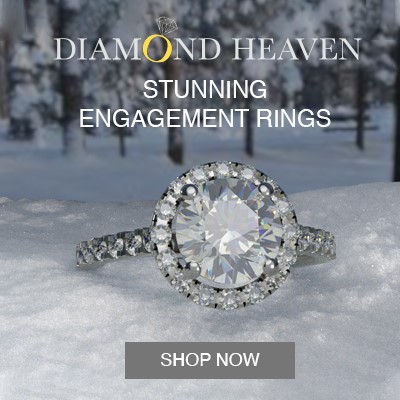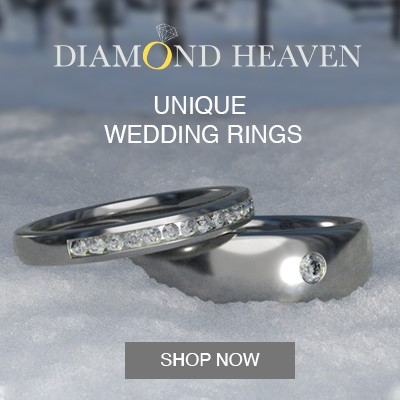Imitation Jewellery is a fact of life and has been around for centuries. Today, there are so many well-made copies it can be quite scary for many shoppers who purchase pre-owned items: how do you know if your hard-earned money is being spent on the real thing? Thankfully, there are specialists in the field who have the expertise to distinguish between a genuine piece of Jewellery and a fake. These specialists can be excellent resources for authenticating Jewellery. They not only know what to look for when examining it but if they have questions (and sometimes they do!), they know where to look to find the answers.
From the perspective of a Jewellery specialist, here are a few insights into authenticating Jewellery.
QUALITY AND CRAFTSMANSHIP
The quality and craftsmanship of Jewellery distinguish high-end from that of commercial quality. If you are looking at a contemporary piece of high-end designer Jewellery you can be sure that it was passed through a well-trained quality control team before it settled on the sales floor. The diamonds in these pieces will be great quality – uniform in colour, clarity and cut grade and have a nice brilliance to them. The metalwork will have been done by very skilled bench jewellers, and the pieces will be solid, not hollow. Good quality Jewellery commands a premium on the market, so don’t overlook this part! It doesn’t take much observing to notice how much time, effort and skill went into the creation of the piece. If you are looking at coloured stones instead of diamonds, you want to see nicely saturated colours, nothing too light or too dark in tone. But coloured stones can be tricky, even for skilled jewellers, as they usually require special lab equipment and high magnification to determine their true identity and quality.
TRADEMARKS AND HALLMARKS
Hallmarks are markings seen on precious metal objects that indicate the metal content, purity, and sometimes date and country of origin of a piece. The practice of hallmarking began in London in the early 1300s and is still used today throughout the world in some form or another. While there are many different types of hallmarks found on Jewellery from different countries, the most common one you will see are silver and gold purity marks which indicate the amount of gold or silver content the piece contains. The purity marks you will see include 800, 830, 900, 935, etc. for silver, 333, 500, 585, 750, 875, etc. for gold. You may also see it represented in karats, such as 10k, 14k, and 18k.
A trademark is the unique signature stamp of a designer or manufacturer that distinguishes their pieces from others. The trademark is one of the first things an appraiser will look at when examining a piece of Jewellery. If they locate one, they consider the precision, font, and depth of the impression. Each marking gives the appraiser clues as to its authenticity. The more Jewellery you look at, the more familiar you become with certain designer hallmarks. David Yurman, for example, always hallmarks his Jewellery “© D.Y.” Or if you’re looking at a genuine Cartier Love bracelet, you will find impressions that include nicely engraved italic “Cartier”.
On counterfeit Love bracelets, you might find a very shallow Cartier signature that is laser-inscribed on the inside of the bangle, instead of being engraved, as you would see on an authentic one. If you see a lasered signature on a Cartier Love bangle, you should flag it. Sometimes, replicas are made from moulds of originals. These castings would be slightly smaller than the original, and will not have as much detail. When buying, or selling designer period or antique Jewellery, having a maker’s mark or trademark is critical to the value of the piece. Collectors always look for it to prove the piece was made by the designer. Tiffany & Co, Cartier, Mauboussin, Van Cleef & Arpels and David Webb are some of these important names to look for trademarks of.
To find hallmarks, use a jeweller’s loupe or a microscope to fully inspect the metal on the piece of Jewellery. Typically, you will find hallmarks near the clasp if it is a necklace or bracelet, and on the inside of the band if it is a ring. Take note of the hallmarks you find, and refer to resources, such as the Antique Jewellery University’s online encyclopedia to assist in identification.
PERIOD JEWELLERY
When looking at antique Jewellery, it is important to have an understanding of each decorative style period – Georgian, Victorian, Art Nouveau, Edwardian, Art Deco, Retro, etc. Having a broad understating of the stylistic elements of each, the type of materials, gemstones, and gemstone cuts that were common, and what finishes and ornamentations were favoured (filigree, enamel, etc.), will help to determine whether or not a piece is real or a reproduction.
If the piece is from the Georgian Period (C. 1714-1837), for instance, you might recognize floral motifs, faceted rose-cut diamonds that were commonly set in closed foil-back settings to enhance their fire and brilliant, or the use of dark red garnet stones that were common. If you see more modern diamond cuts or perhaps a setting style that doesn’t include the closed foil-back but has the scroll-floral patterns, you’ll have to do some more digging. Also, consider the wear of the piece. An older piece may have abrasions or scratches on the surface of the stones. The metal of an original might also have oxidized over time, or developed a nice rich patina – in comparison to a reproduced piece that is shinier, with a newer tone of gold or silver. Keep in mind that many reproductions are very well-made, and if there is ever any doubt, bring it to a specialist who works with antique period Jewellery on a daily basis.
Still, while you may be able to find a good deal of information online and in books that can assist with authenticating an item, if you are looking to invest in antique or luxury jewellery you should always proceed with caution. If you purchase online, make sure the seller is reputable and has a good return policy. This way, you can purchase the item and bring it to a specialist who can verify that the item is indeed the real deal. If you purchase from a second-hand store perhaps the seller can write up a guarantee for you. Having the ability to purchase jewellery through many different channels can be a great benefit to a buyer, so be smart about it – and when in doubt, seek professional assistance.
Karina Lagravinese is a Senior Jewellery Specialist at Borro, secured lender to the wealthy. Borro lends
£5,000 and £5m on jewellery, luxury watches, fine art, classic cars, property and more.


